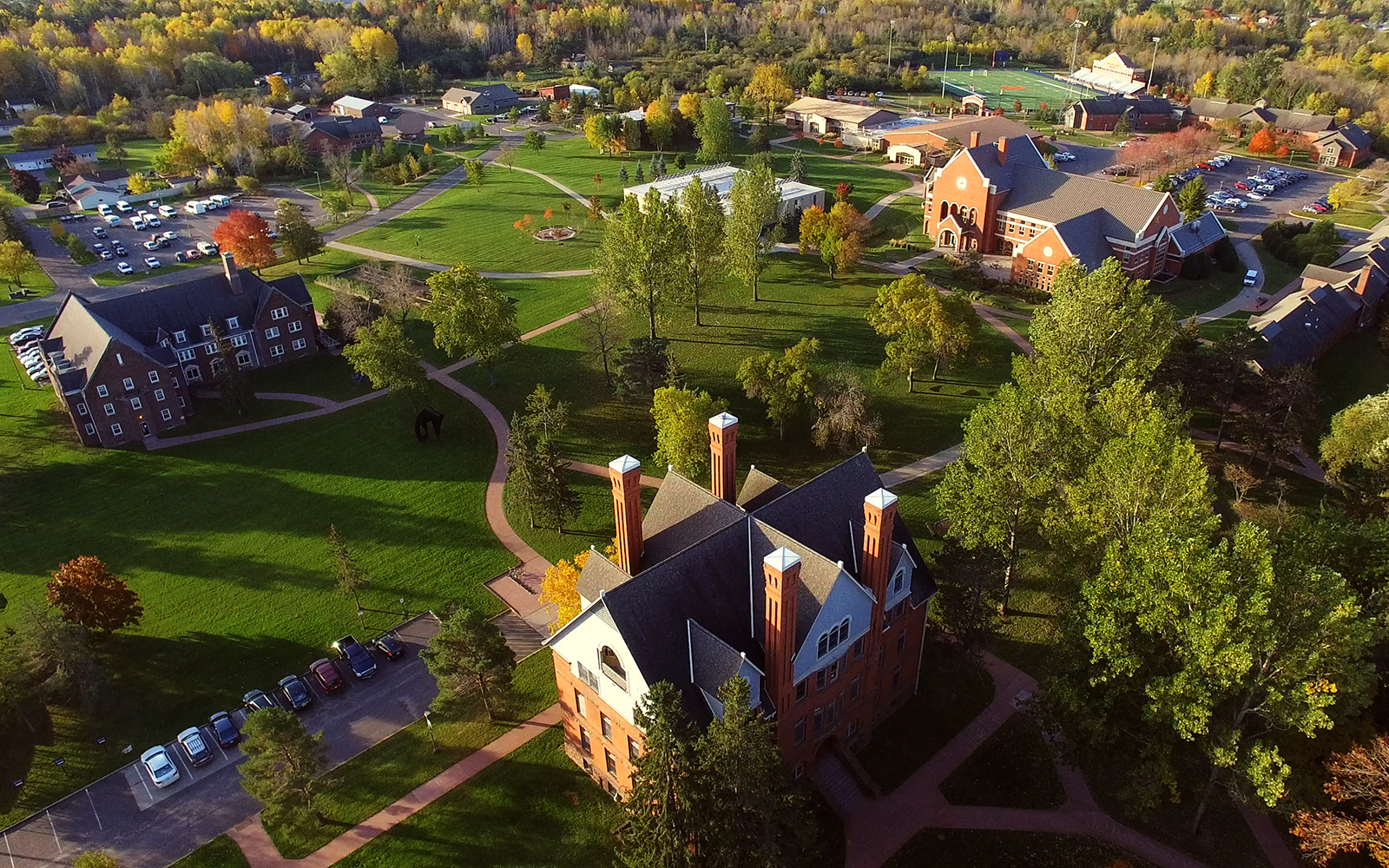Race-based affirmative action practices have been challenged around the country in recent years. Rob Ferrett and Veronica Rueckert speak with a guest who says the new search for diversity may be more geographically than ethnically focused. Then they hear about the state of entrepreneurship in Wisconsin and delve into the life of Wisconsin conservationist Sigurd Olson.
Featured in this Show
-
How A Wisconsin Upbringing Led To Sigurd Olson's Love Of Nature
In Wisconsin, the names Aldo Leopold and Gaylord Nelson often come up when people the state’s environmental legacy. But there’s one other name that doesn’t seem to be mentioned as often: Sigurd Olson.
Maybe that’s because Olson was born in Illinois and he spent much of his later life in Minnesota. But Olson’s formative years were spent in the rural area of northern Wisconsin and there, he developed a passion for nature unrivaled by just about anyone else at the time.
Kristin Eggerling, author of “Breath of Wilderness: The Life of Sigurd Olson,” said that Olson discovered a spiritual connection with the outdoors.
“It fed his soul,” she said.
From hunting and fishing,to lounging under the canopy of a tree, Olson spent every minute that he could outdoors. All he wanted to talk about with friends and family was nature and his experiences outdoors, she said.
“It got to be too much at times,” Eggerling said. “He just wouldn’t talk about anything else.”
After attending college in Wisconsin, Olson would move to Minnesota to pursue a teaching career. It was there he discovered the Quetico-Superior Country, better known as the Boundary Waters, a place that he would frequently travel to and give guided tours of. It was there that Olson really turned into an advocate for the environment.
“He always loved being outdoors, but when he saw the outdoors being threatened, he knew that his role was to stand up and do what he could to protect it,” Eggerling said.
One environmental fight Olson waged took place in 1923, when the local chamber of commerce announced plans to build roads that would connect all the lakes in the area and open them up for recreation. Thanks to some of the connections he made as a wilderness guide in the area, Olson defeated the plan. He’d later fight another plan that would have put dams throughout the Boundary Waters and flooded many of the islands there.
Olson also saw airplanes as a threat to the serenity of the Boundary Waters.
“On one canoe trip, Sig counted a plane every eight minutes for six straight hours,” Eggerling said.
Olson subsequently launched an effort to ban planes from the Boundary Waters airspace, which was successful.
He also had significant impact on environmentalism on a federal level. His biggest achievement was to help draft the Wilderness Act of 1964, which gave federal protection to millions of acres of wilderness in the U.S.
In addition, Olson was also a prolific nature writer, and released multiple books that easily became bestsellers.
Olson died in 1982. Eggerling said he was influential in inspiring the next generation of conservationists, both through his writing and his interactions with others.
“He had a way of connecting with people on such an emotional and personal level,” she said.
-
Place-Based Policies Could Replace Affirmative Action
According to our guest, it might be a good thing that affirmative action has fallen out of favor at colleges and universities in recent years. In its place, she says public policies based on place are more likely to serve students the students who need it the most.
-
The State Of Entrepreneurship In Wisconsin
Wisconsin was recently ranked one of the states with the lowest levels of entrepreneurial activity in the country by the Kauffman Foundation. This week, entrepreneurs from around Wisconsin met in the state’s capitol to boost their recognition, share stories, and discuss challenges facing the community.
-
Wisconsin Legends: Sigurd Olson
While maybe not as well known as Gaylord Nelson or Aldo Leopold, Sigurd Olson was one of Wisconsin’s first champions of the environment. A writer discusses the life and work of Olson, whose love for nature was inspired by his early life in Northern Wisconsin.
Episode Credits
- Rob Ferrett Host
- Veronica Rueckert Host
- Chris Malina Producer
- Galen Druke Producer
- Kristin Eggerling Guest
- Sheryll Cashin Guest
- Tom Still Guest
Wisconsin Public Radio, © Copyright 2025, Board of Regents of the University of Wisconsin System and Wisconsin Educational Communications Board.




